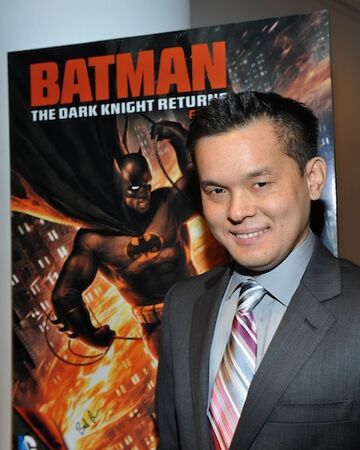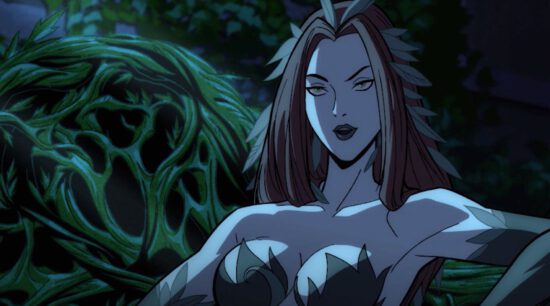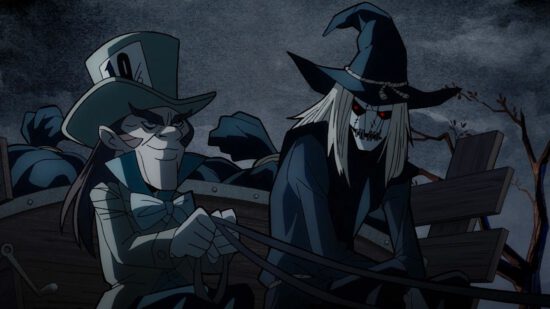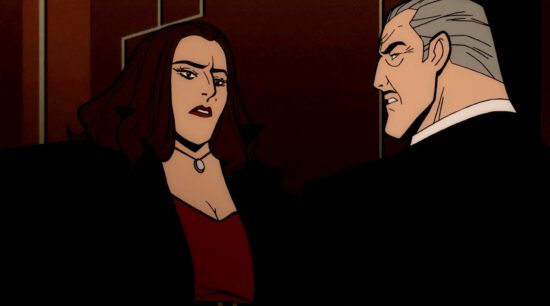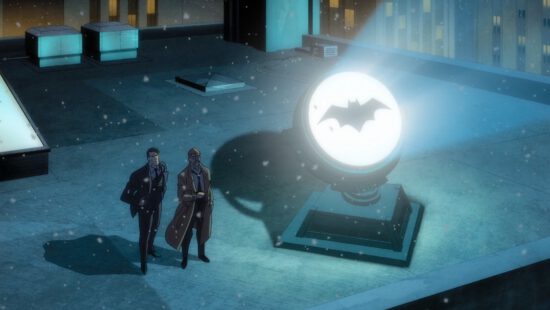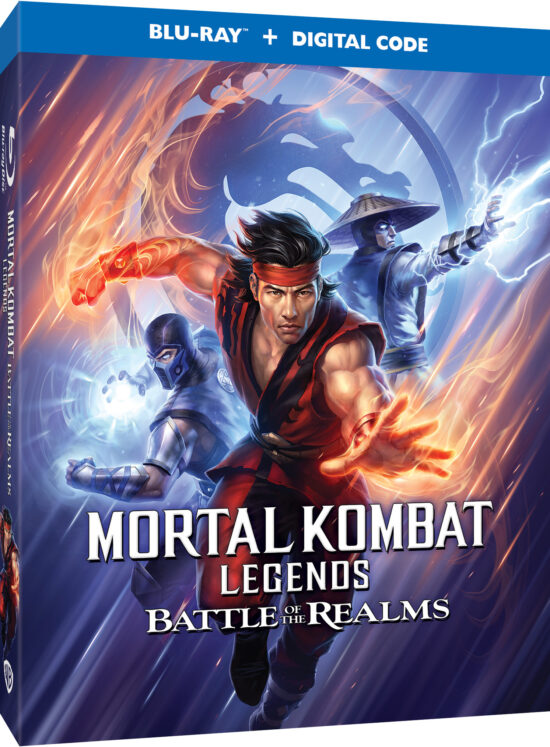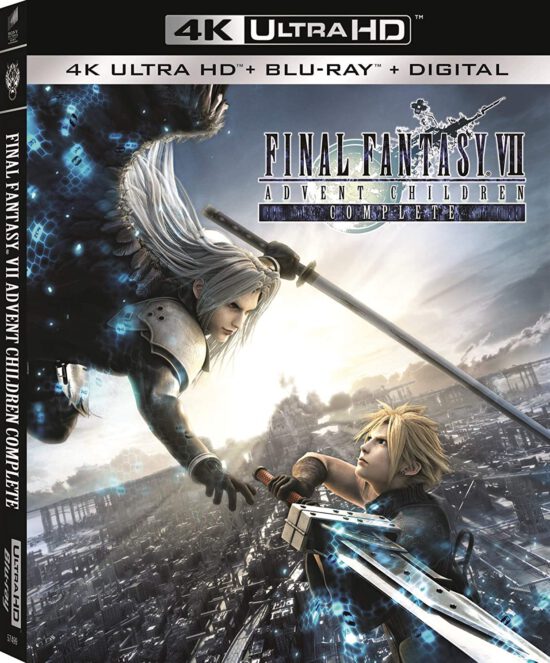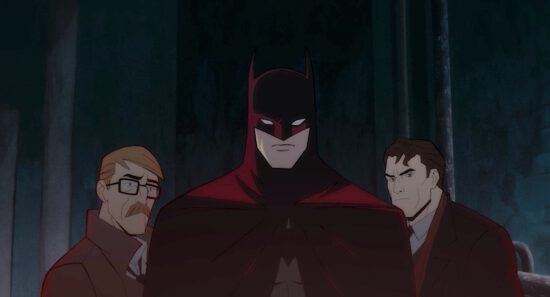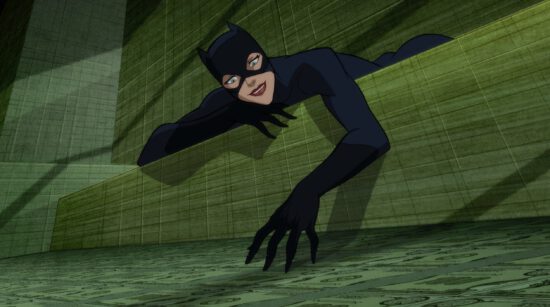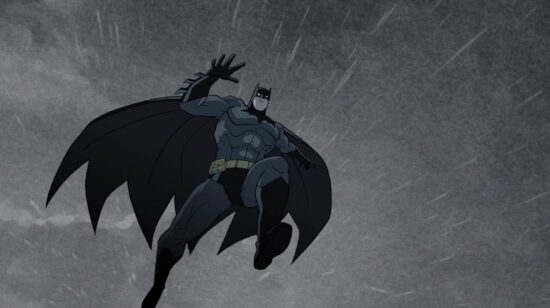Stories from the ’90s by Rick Geary
Self-publishing can strip out a lot of the standard bullshit of publishing. If this book had been published by a Fantagraphics or Dark Horse, it would be called something like Prairie Moons and Night Drives, or maybe True Stories and Other Lies.
But, since Rick Geary assembled it himself out of his archives and published it himself, it can be exactly what it is: Stories from the ’90s . Simple, clear, true.
Geary has been assembling his shorter stories into various books for a few years now; I think this is the most recent one, but I hope there’s at least one book’s worth left of newer work. Already available are Early Stories (pretty self-explanatory) , The Lampoon Years: 1977-1988 (mostly single-pagers from National Lampoon in its declining years, though Geary’s work was excellent), and Rick Geary’s Book of Murder (stories about murder, more and more straightforwardly as his career went on, over a roughly thirty-year span). Older Geary fans may remember At Home with Rick Geary (from 1985) and Housebound with Rick Geary (1997); I think most of those pieces have been collected in these four books now, along with a lot of other material.
Stories from the ’90s is even bigger than the previous books – they all landed in the 80-90 page range, while this one tops out at 120. (And is slightly more expensive, though slightly cheaper than his more recent individual Kickstarted books – as usual, pricing is complicated and based on multiple factors.)
And, of course, the whole point is that its full of oddball Geary stories. There are some long ones, like “Prairie Moon” and “Tragedy in Orbit” and “Mr. Nickelodeon” and “Our Illustrious Visitor of 1959,” but that’s only “long” in context: there are a passel of three-pagers and a half-dozen longer than that, but most of the work here is in single-page form. Geary was always deeply quirky in his short comics, full of strange transformations, matter-of-fact narration of bizarre events, random juxtapositions, and a sprightly, conversational tone no matter the style or matter of a story. This book has one Mask story – yes, the same character the movies were about; it was a comic first, with work by a whole lot of different people – a couple of Geary-esque retelling of unlikely historical events, and a whole bunch of one-pagers on topics like “Desperate Clergy,” “Secret Places of My Shameful Past,” “Transgression Hotline,” and “Yes, It Happened.”
Geary’s art is mostly softly rounded here, full of people pulling faces during their madcap antics. His lettering is precise and lovely, either in bigger stories or framing those tiny little boxes of enigmatic objects he did a lot early in his career.
This is one of the most Rick Geary books possible, and it is wonderful. The only way I know of to get it is directly from the author, but don’t let that stop you: he uses one of the major amalgamators for merch (Storenvy), and it all works well. Hornswoggler says check it out.
![]()
![]()
Reposted from The Antick Musings of G.B.H. Hornswoggler, Gent.



















